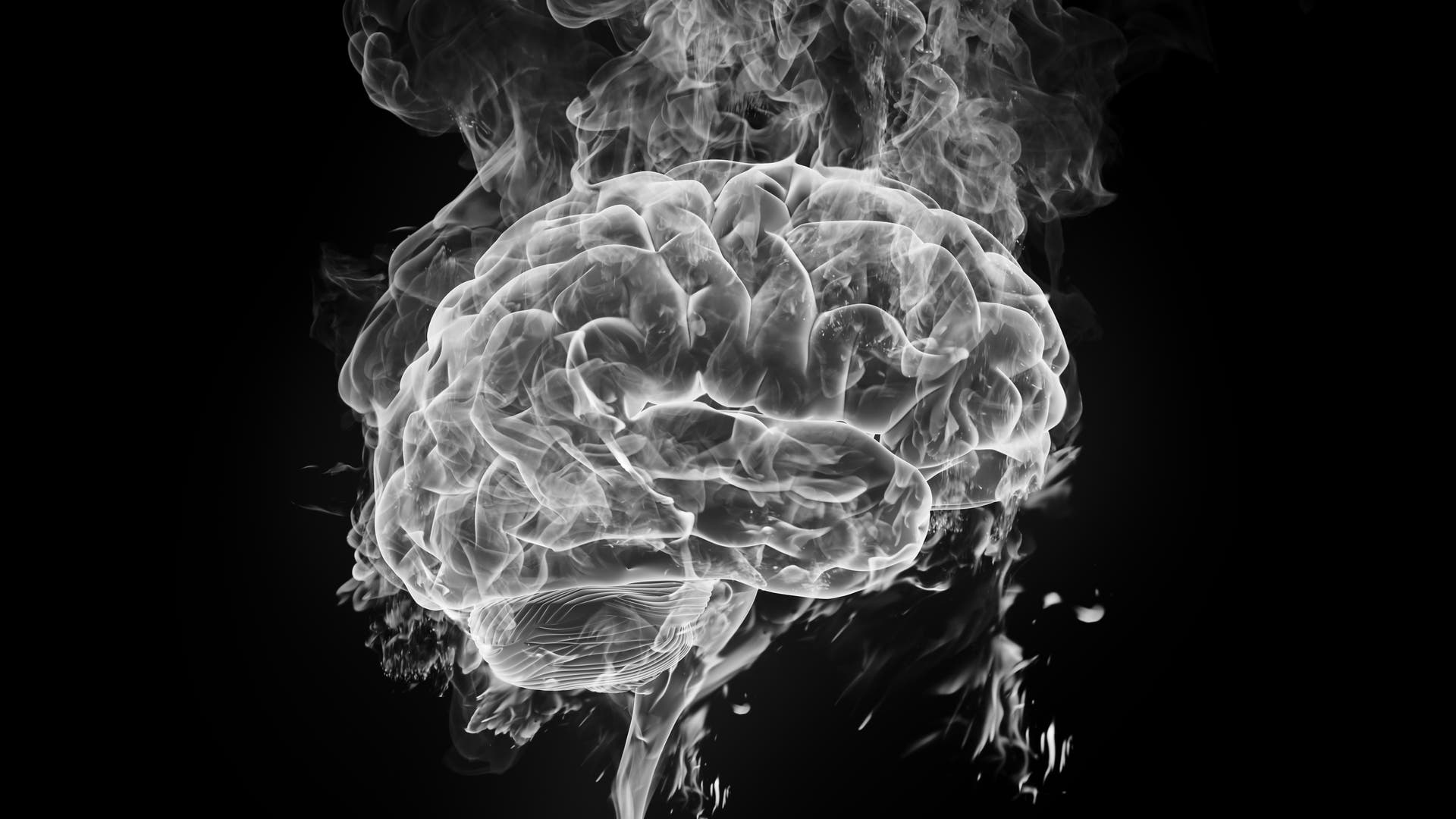Insights into the Brain During Death: An Interview
Główne pojęcia
The author explores the sensations and experiences of individuals between life and death, shedding light on near-death experiences and the complexities surrounding them.
Streszczenie
In an interview with Herr Dreier, the focus is on understanding what it feels like to die. The discussion delves into various scenarios of transitioning from life to death, including painless transitions akin to falling asleep or experiencing a dream-like state that feels real. Scientific knowledge on near-death experiences is limited, primarily relying on interviews with individuals who have been resuscitated after coming close to death. These accounts vary widely, making standardization challenging. Professor Jens Dreier's research group at the Center for Stroke Research Berlin investigates spreading depolarizations in brain injuries and deaths, aiming to understand these phenomena better. Typical near-death experiences include feeling present in multiple eras simultaneously, encountering abstract sensory perceptions like bright lights or tunnel vision, and recounting out-of-body sensations.
Sterben: »Nach drei Minuten setzt sich eine riesige Welle in Gang«
Statystyki
Menschen, die dem Tod nur knapp entgangen sind, etwa weil sie reanimiert wurden, berichten von ihren Erlebnissen.
Die Datenlage relativ dünn ist.
Es gibt Skalen, anhand derer man bestimmt, ob etwas eine Nahtoderfahrung war oder nicht.
Cytaty
"Unser Wissen dazu basiert ausschließlich auf Interviews: Menschen, die dem Tod nur knapp entgangen sind." - Jens Dreier
Kluczowe wnioski z
by Ist ... o www.spektrum.de 03-04-2024
https://www.spektrum.de/magazin/interview-was-beim-sterben-im-gehirn-passiert/2037274
Głębsze pytania
How do cultural and personal beliefs influence individuals' near-death experiences?
Cultural and personal beliefs play a significant role in shaping individuals' near-death experiences. These factors can influence the interpretation of the experience, the symbols or imagery encountered during the event, and even the overall emotional impact of the near-death experience. For example, someone from a religious background may interpret their near-death experience through the lens of their faith, seeing it as confirmation of an afterlife or divine presence. On the other hand, someone with more secular beliefs might view it as a purely physiological phenomenon.
What ethical considerations should be taken into account when studying near-death experiences?
When studying near-death experiences, researchers must consider several ethical considerations to ensure that participants are treated respectfully and that findings are interpreted responsibly. Informed consent is crucial, especially given the sensitive nature of these experiences. Researchers should also prioritize participant well-being by providing appropriate support before, during, and after data collection to address any potential psychological distress that may arise from discussing such profound events.
Additionally, maintaining confidentiality and anonymity is essential to protect participants' privacy and prevent stigmatization or unwanted attention due to sharing their stories. It's also important for researchers to approach this topic with empathy and sensitivity towards participants who may have had deeply transformative or spiritual encounters during their near-death experiences.
How can advancements in neuroscience contribute to a deeper understanding of consciousness during death?
Advancements in neuroscience offer valuable insights into understanding consciousness during death by exploring brain activity patterns associated with different states of consciousness. By utilizing technologies like functional magnetic resonance imaging (fMRI) or electroencephalography (EEG), researchers can observe changes in neural activity at various stages leading up to death.
Studying phenomena such as spreading depolarizations – large waves of neuronal activity seen in conditions like stroke or traumatic brain injury – can provide clues about how consciousness may fluctuate or diminish as an individual approaches death. This research helps bridge gaps between neurobiology and subjective experiences reported by individuals who have had near-death encounters.
Furthermore, investigating how specific regions of the brain are involved in generating conscious awareness could shed light on whether certain aspects of consciousness persist beyond clinical death. By integrating neuroscience findings with accounts from those who have experienced altered states close to death, we can deepen our understanding of what happens within the brain during this enigmatic transition period between life and death.
0
